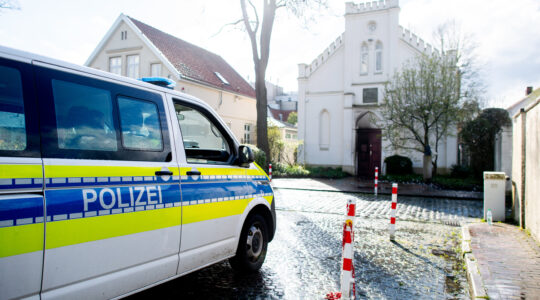 Don’t seem ’em? Me neither.
Don’t seem ’em? Me neither.
The hillside in question lies between Ashdod and Ashkelon, about 45 minutes south of Tel Aviv. It’s called Nitzan and it’s the spot that was designated to house the largest permanent settlement of evacuees from the Gaza Strip.
As you can tell from the photo, more than four years after the wrenching disengagement from Gaza, nobody will be moving into new homes in Nitzan anytime soon.
I headed there yesterday to check in on the progress of rehabilitating the 8,800 Israelis who were removed from Gaza in 2005. Several hundred families live about a kilometer north of that empty field, in temporary dwellings (see below).
On first glance, the homes aren’t that bad. They’re small and pre-fab with flimsy walls and tile roofs. But the community looks nothing like the Palestinian refugee camps that dot the region. There are gardens and green areas, schools and playgrounds. Several families have added rooms to their homes, which I found an odd thing to do considering the homes were always intended to be temporary.  But these folks apparently knew they were going to be there a while.
But these folks apparently knew they were going to be there a while.
My guide for the afternoon was Dror Vanunu, the international coordinator of the Katif Fund. He acknowledged that the condition of the evacuees posed something of a public relations challenge. Reporters visit Palestinian camps and the desperation is obvious; the Gaza evacuees live in comparative luxury.
But he pointed out that the places are cramped, that sometimes families of 6 or 7 are forced to live in four tiny bedrooms, and most importantly, that the government has dragged its feet in getting permanent housing built.
Seeing those empty fields more than four years after the evacuation, it’s hard to doubt him.





